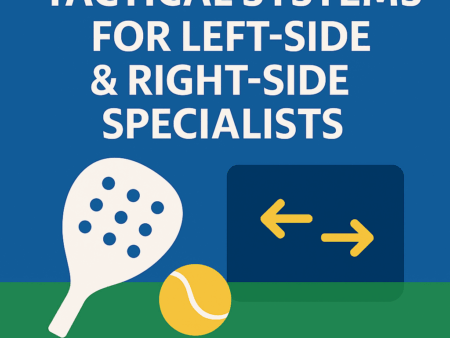If you’re new to Padel, the court might look a little unusual — glass walls, metal mesh, service lines & an enclosed playing area. Understanding the layout helps you position yourself better, play smarter & enjoy the game much more.
This guide breaks down every part of the Padel court in simple terms.
1. Overall Court Dimensions
A Padel court is 20 meters long & 10 meters wide, divided into two equal halves.
Key points:
- The court is enclosed
- Back walls are glass
- Side walls are glass + mesh
- All lines are in (like tennis)
This creates a faster, more tactical game compared to tennis.
2. The Back Walls (Glass)
At each end of the court, you’ll find a 3-meter-high glass wall with an additional slanted or straight extension up to 4 meters.
Why it matters
- Balls can bounce off it
- You can use it for defense
- It gives you extra reaction time
The back glass is essential for defensive play.
3. The Side Walls (Glass + Mesh)
Each side wall is part glass, part metal mesh.
Layout:
- The first few meters from the baseline are glass
- The rest is metal mesh fencing
Why this matters
- Balls bounce differently on glass vs mesh
- Shots off the glass stay predictable
- Mesh rebounds are irregular & harder to control
Players learn when to use the walls & when to avoid them.
4. The Net Area
At the center of the court is a net, similar to tennis but slightly lower.
Net height:
- 88 cm in the middle
- 92 cm at the sides
The lower height makes volleys & smashes more aggressive.
5. Service Boxes
Each half of the court contains two service boxes, created by the service line & center line.
Each box is used for:
- Underarm serves
- Diagonal service patterns
- Tactical “chiquitas” & slow returns
The service box layout forces players to use precision rather than power.
6. The Service Line & Center Line
These two lines divide the court into four equal boxes.
Service line
Runs parallel to the net.
Center line
Splits the service line down the middle.
Together, they create the diagonal serving pattern that defines the Padel serve.
7. The Backcourt Area
This is the area between the service line & the back glass.
You play here when:
- Returning serve
- Defending powerful shots
- Using the walls
- Resetting points
Backcourt play requires patience & good footwork.
8. The Net Zone
This is the area from the service line up to the net.
Why it’s important
- The net is where points are won
- Volleys, bandejas & smashes dominate here
- Fast reactions are essential
Good teams fight hard to control the net zone.
9. The “No Man’s Land”
The area between the service line & roughly 1–2 meters behind it is risky.
Why
- Balls bounce awkwardly
- Opponents easily attack your feet
- You’re not fully defending or attacking
Players should pass through quickly — not camp there.
10. The Court Enclosure
The entire court is surrounded by:
- Glass walls
- Mesh fencing
- Entry doors (often open during play)
The enclosed design keeps rallies longer & allows creative shot-making.
11. How the Walls Affect Play
Glass
- Predictable rebounds
- Ideal for defense
- Good for controlled shots
Mesh
- Unpredictable
- Used mainly for tactical attacking shots
- Requires precise timing
You’ll often choose whether to let the ball hit the glass or take it directly.
12. Quick Summary: Padel Court Layout
- 20m x 10m enclosed court
- Glass back walls for defense
- Side walls made of glass & mesh
- Net in the middle, slightly lower than tennis
- Service boxes used for underarm serves
- Backcourt = defense zone
- Net zone = attack zone
- No Man’s Land = dangerous middle area
Understanding the layout helps you position smarter & anticipate rebounds better.


